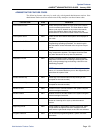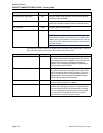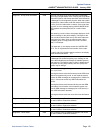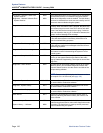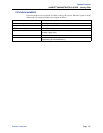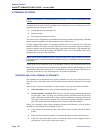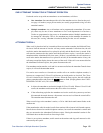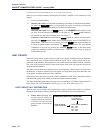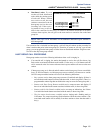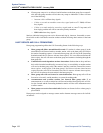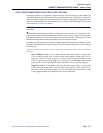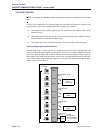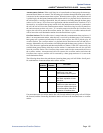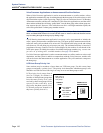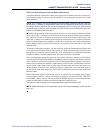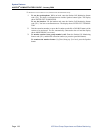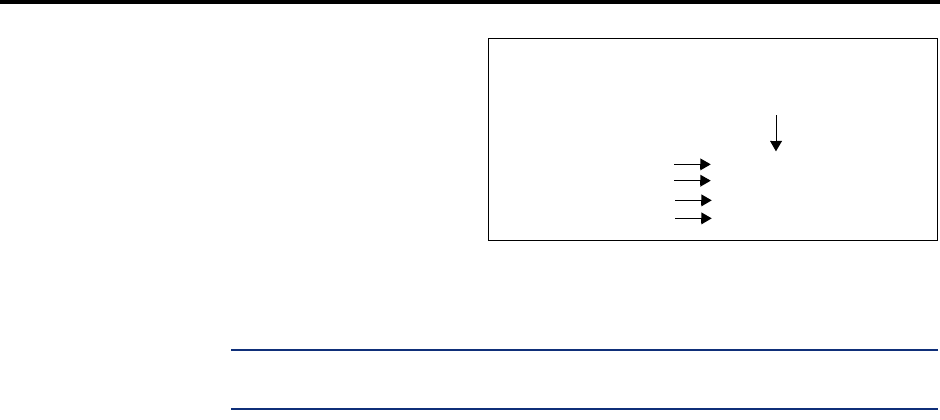
Page 131
System Features
AXXESS
®
ADMINISTRATOR’S GUIDE – January 2004
Hunt Group Call Processing
• Distributed order: To even
out the call load, distributed
order shifts the starting point
of each call. When a station
user receives a call, the next
station or extension list in the
hunt group receives the next
incoming call. If the receiv-
ing station is busy (or all sta-
tions in the extension list are busy), or if there is no answer before the No Answer
Advance timer expires, the call goes to the next station or extension list on the hunt
group list.
NOTE: See page 139 for information on the additional distribution types available in
ACD hunt groups.
If an extension list is included in a hunt group, a call will ring all stations on the extension list
when it reaches that point in the hunt group list. Therefore, to create an “all ring” type of hunt
group, you can program the hunt group as either linear or distributed and then assign an exten-
sion list as the only hunt group member.
HUNT GROUP CALL PROCESSING
Hunt group stations receive the following indications when a call is ringing in:
• If an outside call is ringing, the station designated to receive the call first shows ring
flash on the associated individual trunk button (if it has one) or a Call button until the
call is answered or the No Answer Advance timer expires and the call moves to the next
station.
• If hunt group camp on is allowed and all stations on the hunt group list are unavailable
(busy, in Do-Not-Disturb, or with hunt group remove enabled), an intercom or outside
call will camp on and the stations will receive the following indications:
— Busy stations receive hunt group camp-on tones (if enabled) and display. If there is
an individual trunk button associated with the trunk, it shows ring flash. (There is a
programmable station flag that can disable the camp-on tones for hunt group calls.)
— Stations with Hunt Group Remove enabled receive camp-on tones and display. If
there is an individual trunk button associated with the trunk, it shows ring flash.
— Stations with Do-Not-Disturb enabled receive no camp on indications, but if there
is an individual trunk button associated with the trunk, it shows ring flash.
— The first station that becomes available receives ringing and a flashing trunk or
Call button. The camp-on and ring flash indications end at the other stations. (The
associated trunk button will be steadily lit at those stations to show that the trunk is
busy.)
DISTRIBUTED HUNT GROUP CALL PROCESSING
Hunt group pilot
number 2000 called
EXT. 1000
EXT. 1001
EXT. 1002
EXT. 1003
1st call begins here
2nd call begins here
3rd call begins here
4th call begins here



